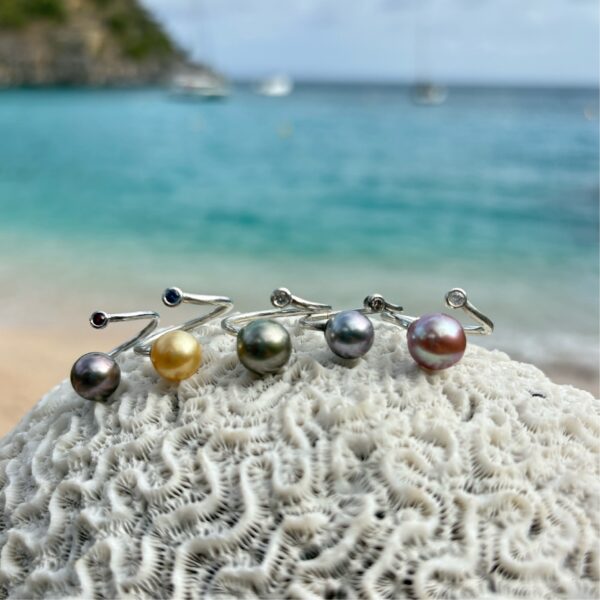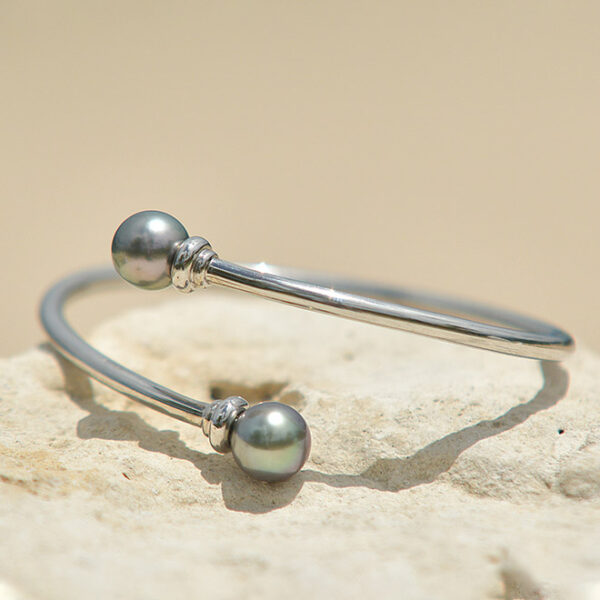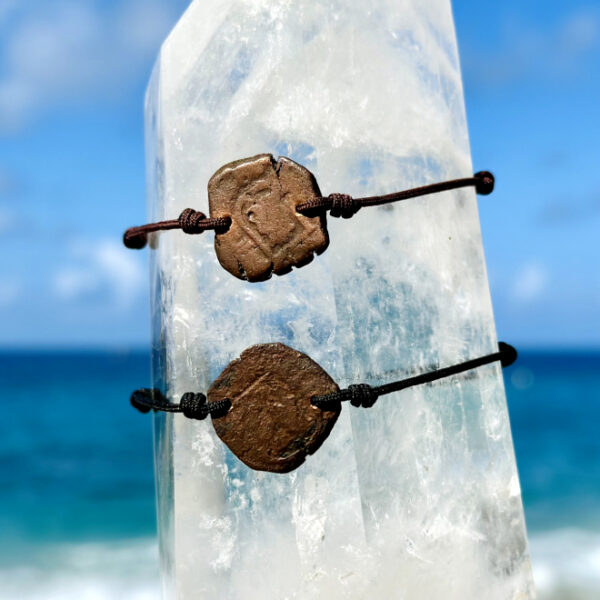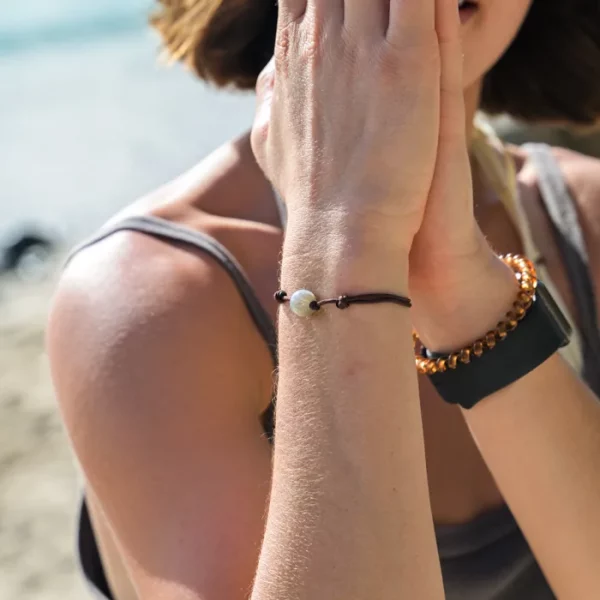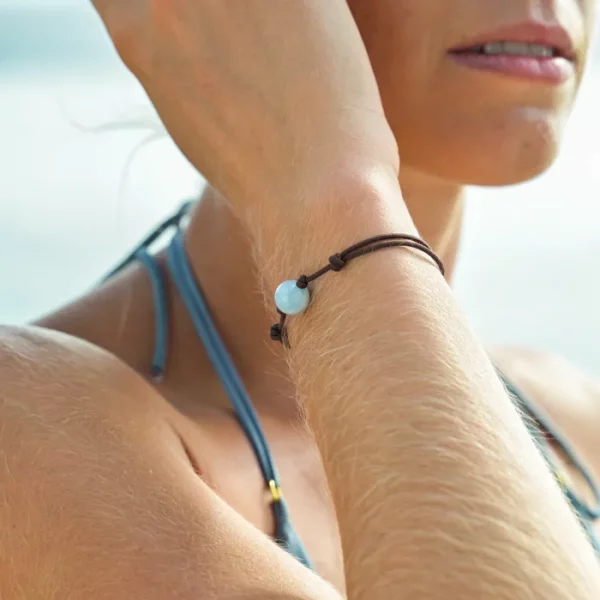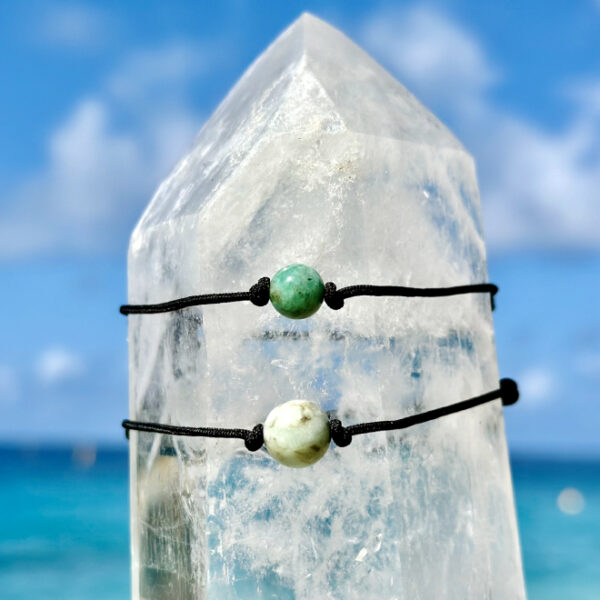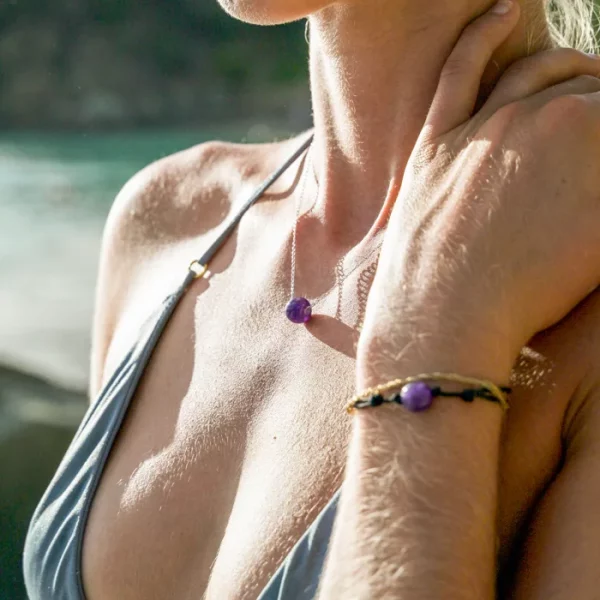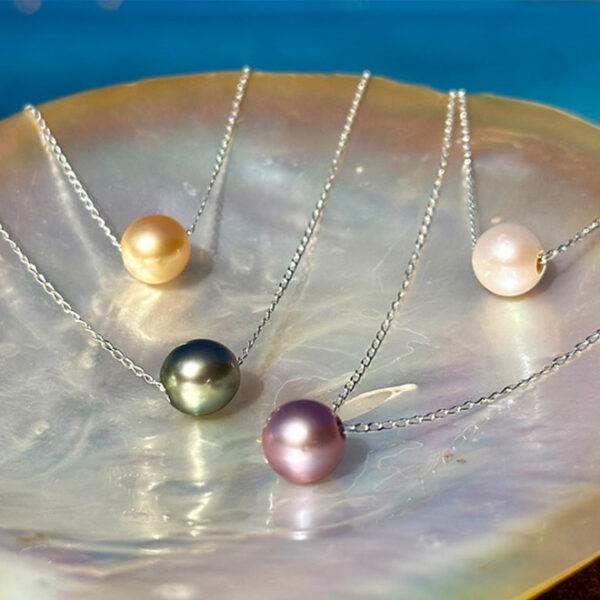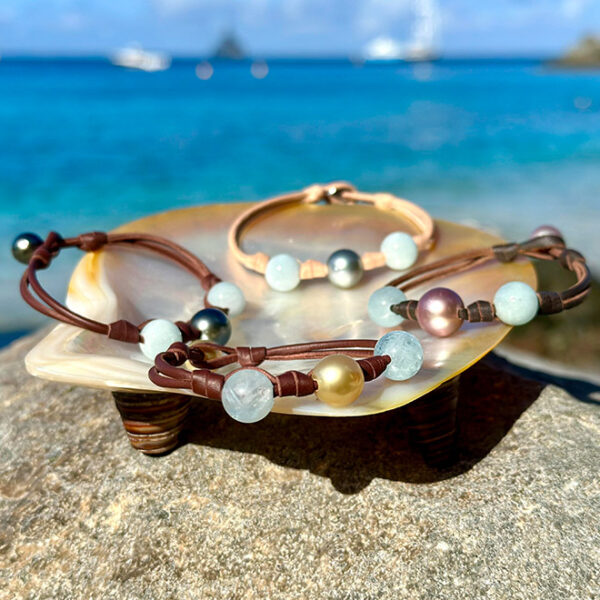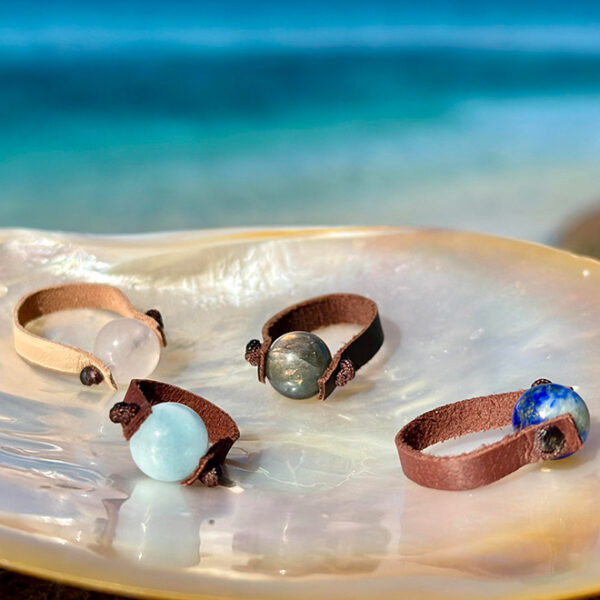You've added...
Cultured pearls, the history of natural pearls in jewelry
Publié le 23/09/2024
Today, high-end stores showcase jewelry of immense value. Some of these pieces have been crafted since ancient times using noble materials such as natural pearls or precious stones. To meet the growing demand for these valuable pieces, scientists developed the technique of pearl farming. This article will introduce you to the world of cultured pearls in the realm of fashion and luxury jewelry.
What exactly is a cultured pearl?
Cultured pearls, also known as pearl farming or perliculture, involve the production of pearls. This art was born in Japan in the 1920s when natural or fine pearls began to gradually disappear from the Gulf. Upon realizing that the seas were becoming depleted of natural pearls, scientists developed a technique for cultivating pearls.
Thanks to Japan, cultured pearls made their debut in the market. Later, China also recognized the advantages of cultured pearls and entered this highly lucrative industry. Once fully engaged, China surprised the market with an annual production of 2000 tons of freshwater pearls—a remarkable feat!
Thus, pearl farming is essentially about cultivating oysters. The main goal of this grafting process is to produce high-quality cultured pearls. It should be noted that for successful pearl farming, pearl oysters require clean, healthy water.
The history of natural pearls in pearl farming
The use of pearls is not a recent practice; it dates back to antiquity and was associated with vintage jewelry. At the time, certain pearls, known as margarita, were considered the queens of gemstones, symbolizing love, luck, and happiness. With their sensual and luminous appearance, they represented femininity, softness, and perfection.
Today, pearls are still in vogue, playing an even more significant role in fashion and style. There are two types: the fine pearl, also known as the natural pearl, which pearl divers collect during free dives, and the cultured pearl, which is produced through human intervention.
Pearl farming as a commercial success
Generally, pearls collected through free diving are sold commercially. Their trade has been exceptionally successful, encouraging divers to overexploit the ocean floors, often risking their lives. To address these problems, scientists discovered a way to produce pearls without depleting the oceans.
This solution is cultured pearls, produced by growing pearl oysters in specialized pearl farms. Cultured pearls have also experienced significant commercial success with various products. As these new products flood the market, natural pearls have given way to their cultured successors.
Types of cultured pearls
There are four main types of cultured pearls. First, there are the South Sea cultured pearls. Originating from Australia, they are considered the most expensive cultured pearls in the world. These pearls are produced by the Pinctada Maxima oysters and are known for their elegant colors, satin luster, and a diameter ranging from 9 to 18 mm.
The second type is the cultured pearl from Tahiti, originating from the Tuamotu Archipelago. These pearls are created by the Pinctada Margaritifera oysters and come in various shapes, such as baroque and round. Their distinctive features include dark colors and diameters between 8 and 18 mm.
The third type is the cultured pearl from the Japanese seas, produced by Pinctada Fucata oysters. These pearls are distinguished by a diameter ranging from 5 to 10 mm, a mirror-like luster, and a variety of colors, including black, silver, white, and blue.
Lastly, there is the freshwater pearl, mostly cultivated in China from Hyriopsis Cumingii mussels. This technique allows for the production of up to 50 pearls with diameters ranging from 5 to 11 mm, in pastel shades such as lavender and violet.
In conclusion, pearls are essential elements in jewelry making, produced in two ways: either from pearl oysters found in the ocean depths or through human intervention. The latter method emerged due to overexploitation, which has led to the decline of certain oyster species.
